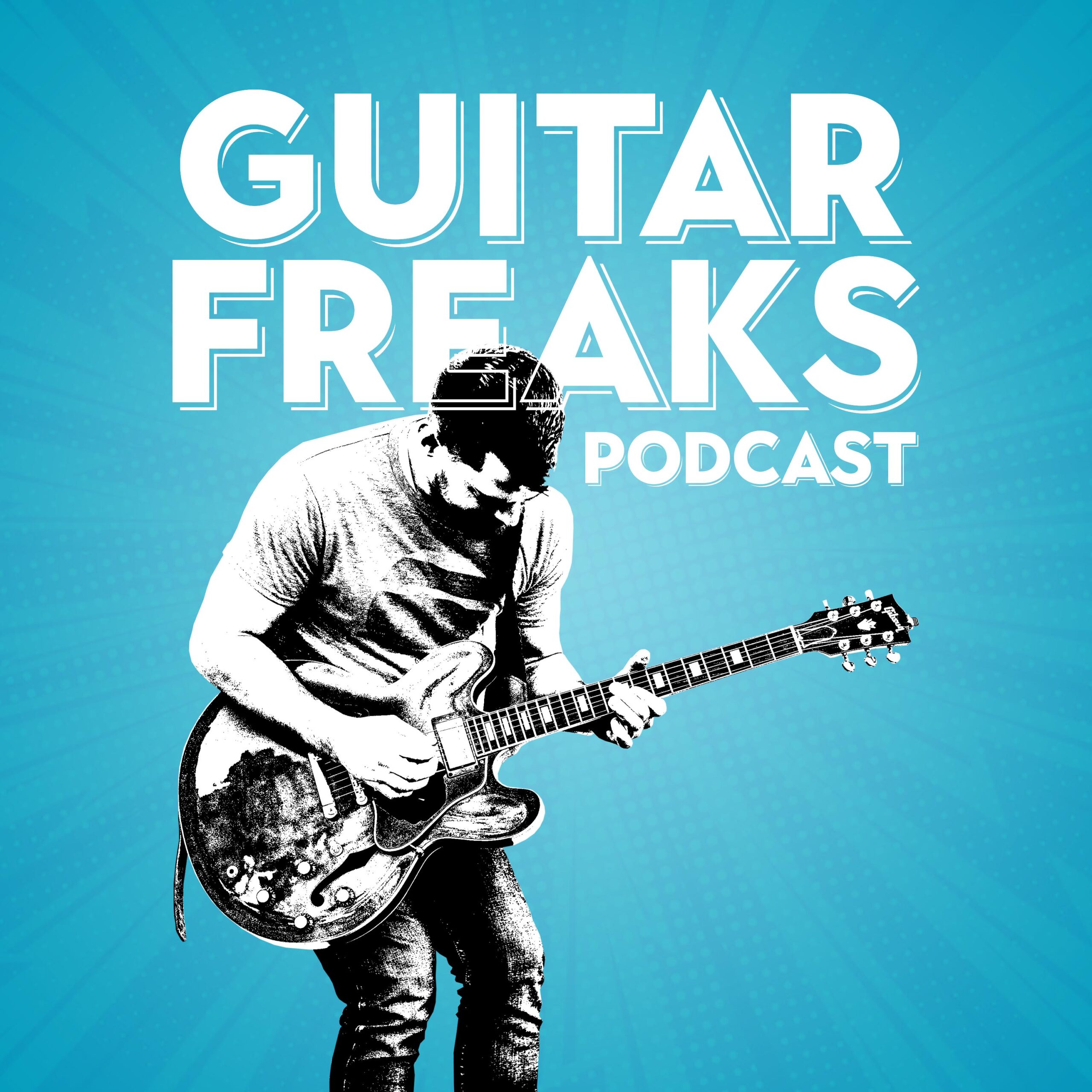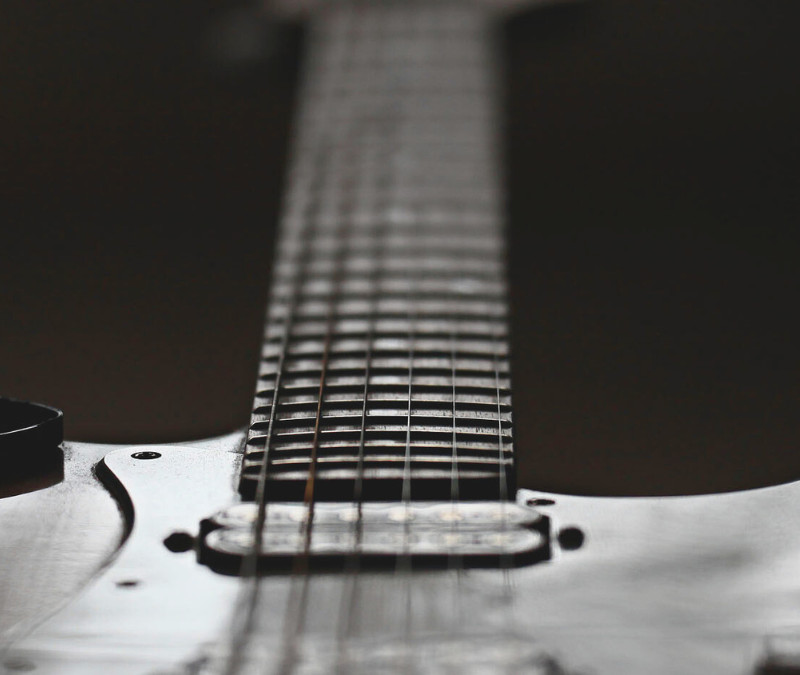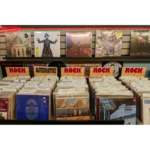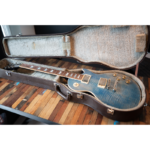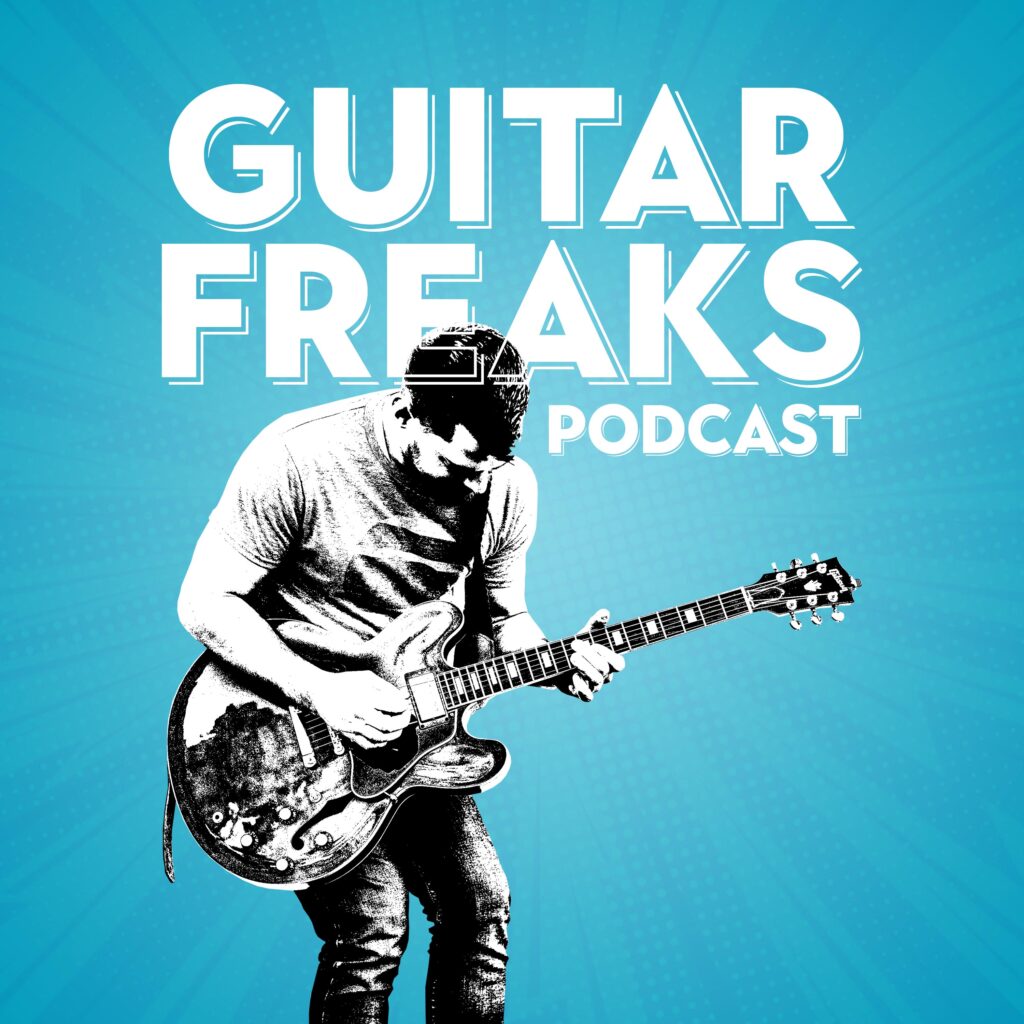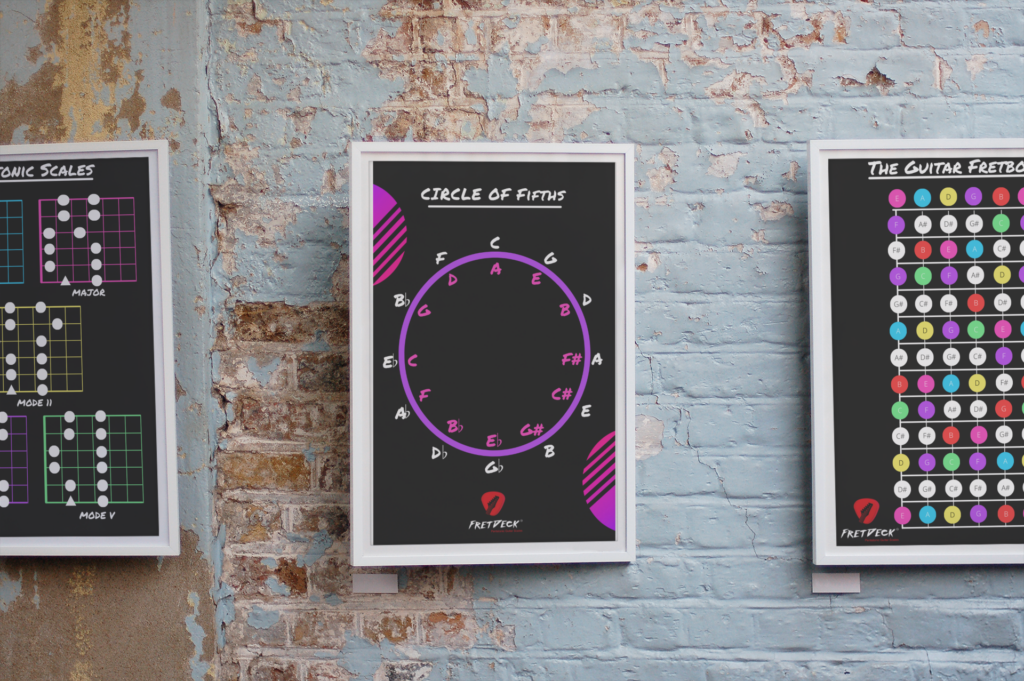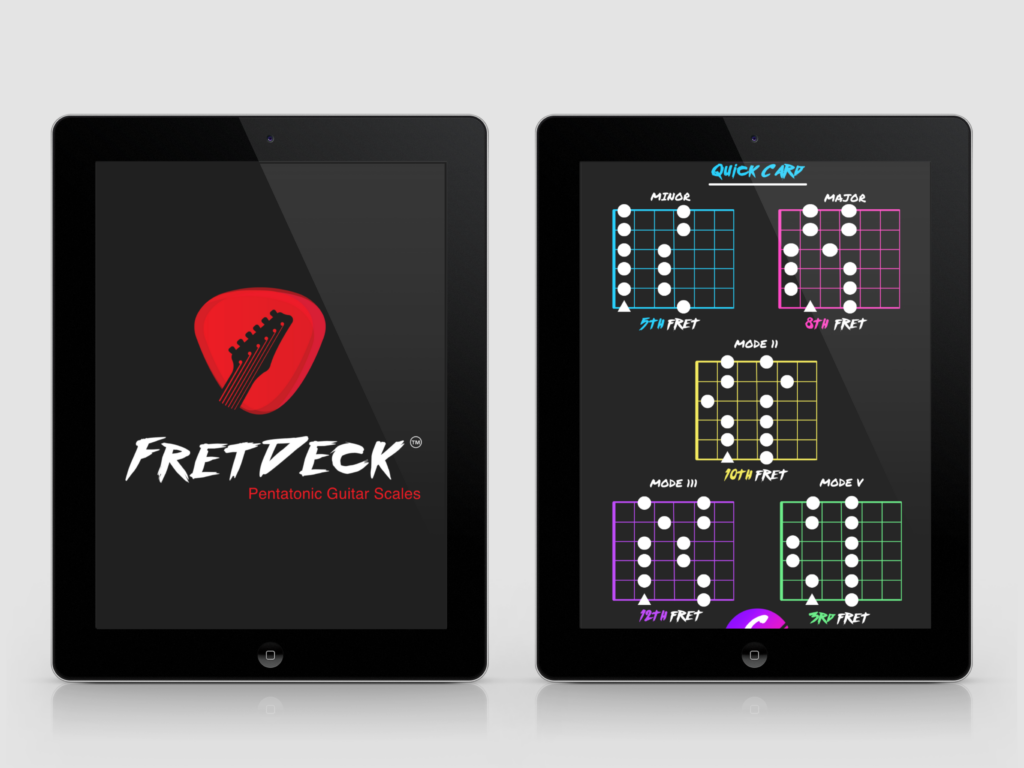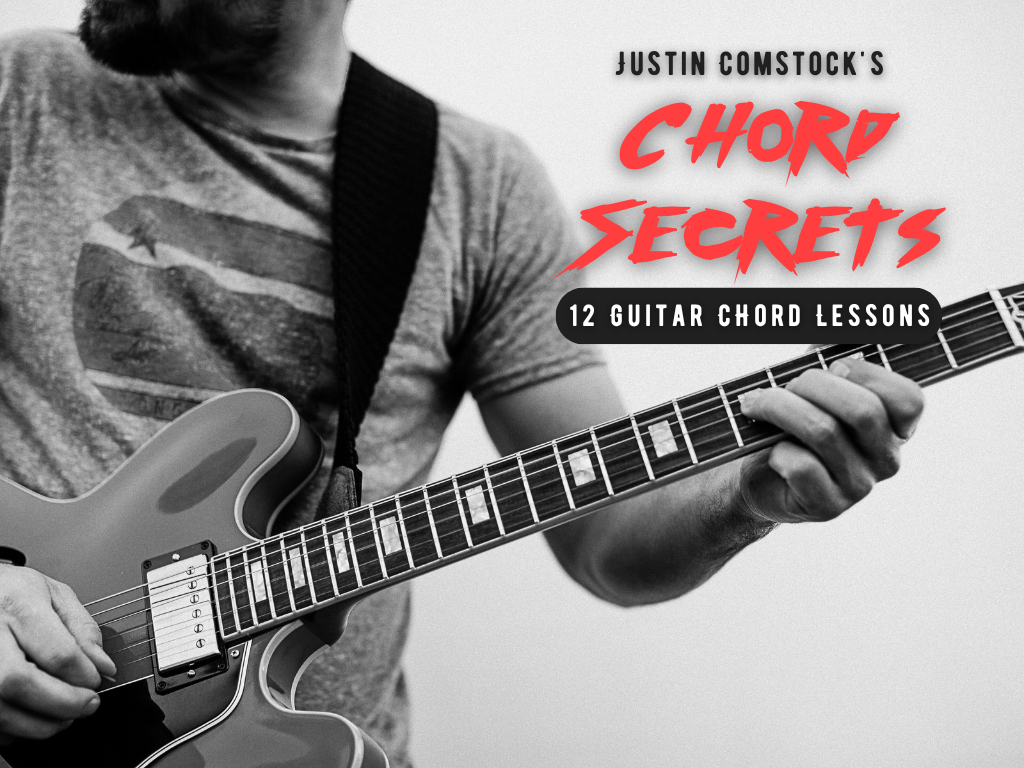When I first picked up the guitar, I didn’t want to play scales—I wanted to play music. But what I didn’t know back then was that the best scales to learn guitar are the ones that let you do both at the same time.
In the hands of a soulful player, a scale isn’t just a series of notes—it’s a language. And once you learn to speak that language, you’re not just learning theory—you’re telling stories.
So if you’re tired of mindless exercises, and ready to learn scales that sound beautiful, expressive, and practical—you’re in the right place.
Let’s dig into the best scales to learn guitar and how to use them creatively, with real-world strategies, tone tips, and pro secrets.
1. Minor Pentatonic Scale – The Soul of the Guitar
You can’t talk about guitar without talking about the minor pentatonic scale. It’s the blueprint of blues, rock, soul, funk, and even jazz.
- 5 notes per octave
- Tons of room for phrasing
- Built for bends, slides, and vibrato
Key Shape to Learn: A minor pentatonic at the 5th fret (Position 1)
e|----------------5–8–|
B|------------5–8-----|
G|--------5–7---------|
D|----5–7-------------|
A|5–7-----------------|
E|--------------------|Want to learn all 5 positions of the pentatonic scale across every key? Grab the FretDeck. It turns fretboard confusion into clarity.
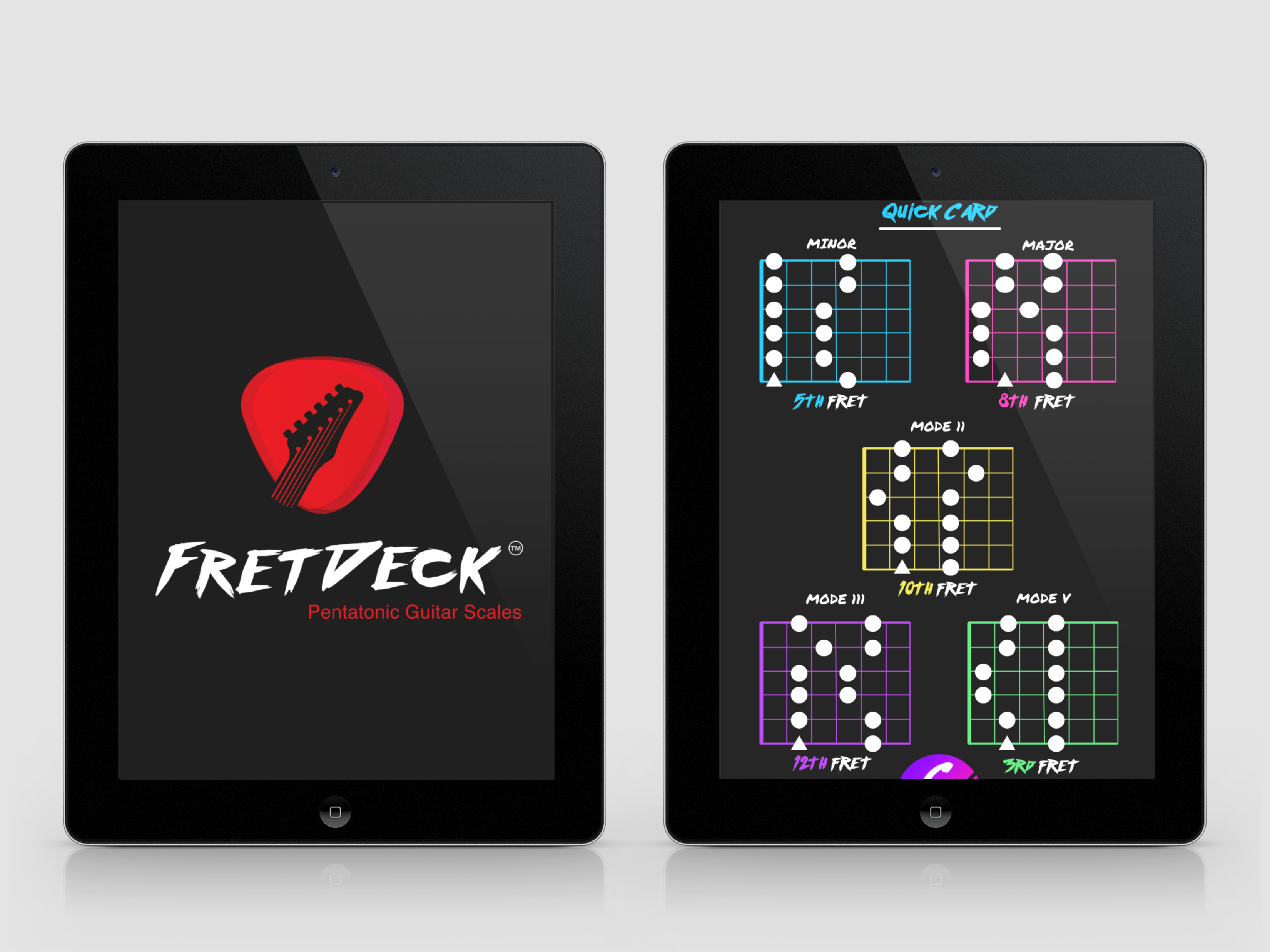
Download The FretDeck & Pentatonic Secrets Course!
Download Our Course
2. Major Pentatonic – The Happy Twin
If the minor pentatonic is the blues, the major pentatonic is country, gospel, and sweet soul.
It’s the same scale shape as minor—but shifted.
Key Shape to Learn: C Major Pentatonic (same as A minor pentatonic)
Use it to:
- Solo over major chords
- Add sweetness to your leads
- Blend with minor pentatonic for contrast
Pro tip? B.B. King made a career out of sliding between these two tonalities.
3. The Blues Scale – Add the Magic Note
Take the minor pentatonic and add one note—the flat fifth (aka the blue note). That’s it. But the character it adds? Huge.
This is the scale you use when you want to say, “I’ve lived through it.”
A Blues Scale:
e|----------------5–8–|
B|------------5–8-----|
G|--------5–7–8-------|
D|----5–7-------------|
A|5–6–7---------------|
E|--------------------|Add this one to your emotional toolkit. It’s one of the best scales to learn guitar for gritty storytelling.
4. Dorian Mode – The Funky Minor
If minor pentatonic is sad, Dorian is cool. It’s what you hear in Santana solos. It’s minor, but with a twist—raised 6th.
Use it over minor grooves with a funky vibe. Jam over an Am7 to D9 vamp and let it breathe.
Dorian is one of the modes inside the pentatonic system. FretDeck makes it easy to visualize and switch modes.
5. Mixolydian Mode – The Dominant Flavor
Playing over a dominant 7 chord? Mixolydian is your friend.
- Great for blues turnarounds
- Perfect over funky 7th chord progressions
- Gives you that sweet major-minor tension
Try it over: G7, C7, D7 vamps. It’s tasty.
Want to solo over chord progressions with confidence? The Guitar Freaks Hangout on Discord has jam prompts, feedback, and a supportive community to help.
6. Aeolian – The Natural Minor Scale
Curious how this scale works in real chord progressions? Check out our post on am7 guitar chords for progressions that pair perfectly with Aeolian phrasing. This is the foundation of so many emotional solos. Think Gary Moore. Think David Gilmour.
It’s one of the more expressive full scales—great for ballads, moody pieces, or cinematic solos.
When you want full access to melodic and harmonic possibilities—Aeolian is where you go.
7. The Major Scale – The Source of It All
I know, I know—it sounds basic. But the major scale is the foundation of everything:
- Chords
- Modes
- Harmony
- Melodies
If you want to understand why something sounds good, this is your map.
Learn it in C major first. Then explore it in G major. Then use FretDeck to map it everywhere.
8. Chromatic Scale – The Secret Connector
This isn’t one you’ll solo with all the time—but it’s one that will make all your solos better.
Use the chromatic scale to:
- Connect target notes
- Add jazz flavor
- Create tension and release
Practice it with slides, hammer-ons, pull-offs. It’ll smooth out your technique and make your lead lines sound intentional.
9. Locrian (Optional but Spicy)
Advanced players: Locrian is weird. But it’s also wild.
Use it over half-diminished chords or spice up your metal solos. It’s dark. Ominous. And when used right—it’s unforgettable.
The Real Secret: Sounding Good with Scales
Learning scales isn’t about memorizing fingerings. It’s about making music.
To get there:
- Play with backing tracks
- Record yourself
- Practice call-and-response
- Focus on phrasing
- Use dynamics
All of these are baked into our Discord community and the FretDeck system.

Download The FretDeck & Pentatonic Secrets Course!
Download Our Course
Join the Movement: FretDeck + Guitar Freaks Hangout
Want to go beyond just shapes? Want to understand how to use the best scales to learn guitar?
- FretDeck: 60 scale patterns, all keys, visual prompts, and pro-level learning.
- Guitar Freaks Hangout: Jam prompts, community feedback, technique drills, and more.
Together, these tools are the fastest, most inspiring way to actually sound good when you play.
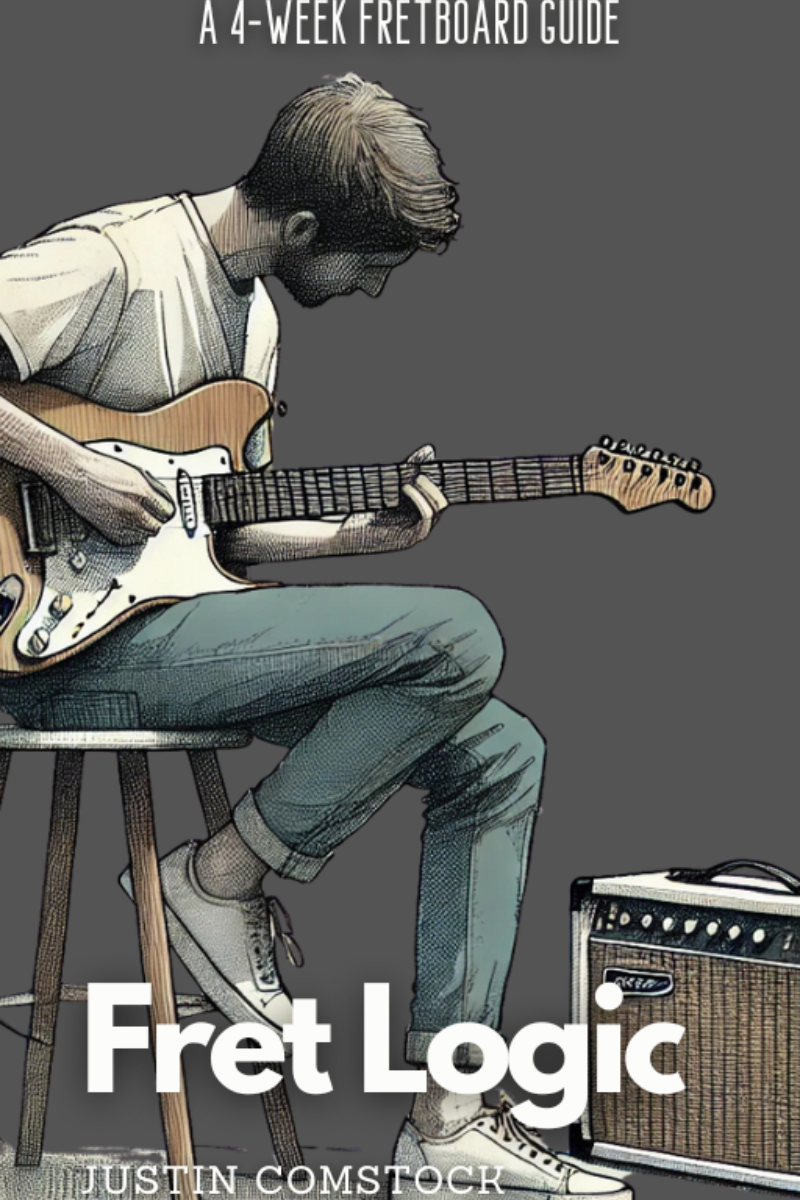
Join Guitar Freaks Hangout on Discord! 🎸
Get Fret Logic FREE!
Join the Guitar Freaks Hangout Discord and get exclusive access to my entire e-book, Fret Logic! Master the fretboard and elevate your solos with this comprehensive guide.
👉 Don’t miss out—join now and download your free copy!
Final Thoughts: Build a Sound, Not Just a Scale
The best guitarists in the world didn’t just learn scales. They built sounds out of them.
- Robben Ford blends Dorian with Mixolydian.
- B.B. King glides between major and minor pentatonic.
- Adam Levy adds phrasing that turns a scale into a song.
You can do that too. It starts with knowing the right scales—and practicing them with feel.
So grab your guitar. Plug into a jam track. Load up the FretDeck. And let’s turn these scales into stories.
Related Posts:
